Long after the battles raged, Civil War battlefields have taken on a peaceful mode, providing serene places to stroll among preserved landscapes. Any time of year, the woodlands, meadows, rivers, and streams are beautiful places to walk, but springtime is especially special as wildflowers put on a colorful show, moving from one dazzling species to the next. Here are some of the best wildflower walks to take in historic battlefields.
Antietam National Battlefield
Maryland
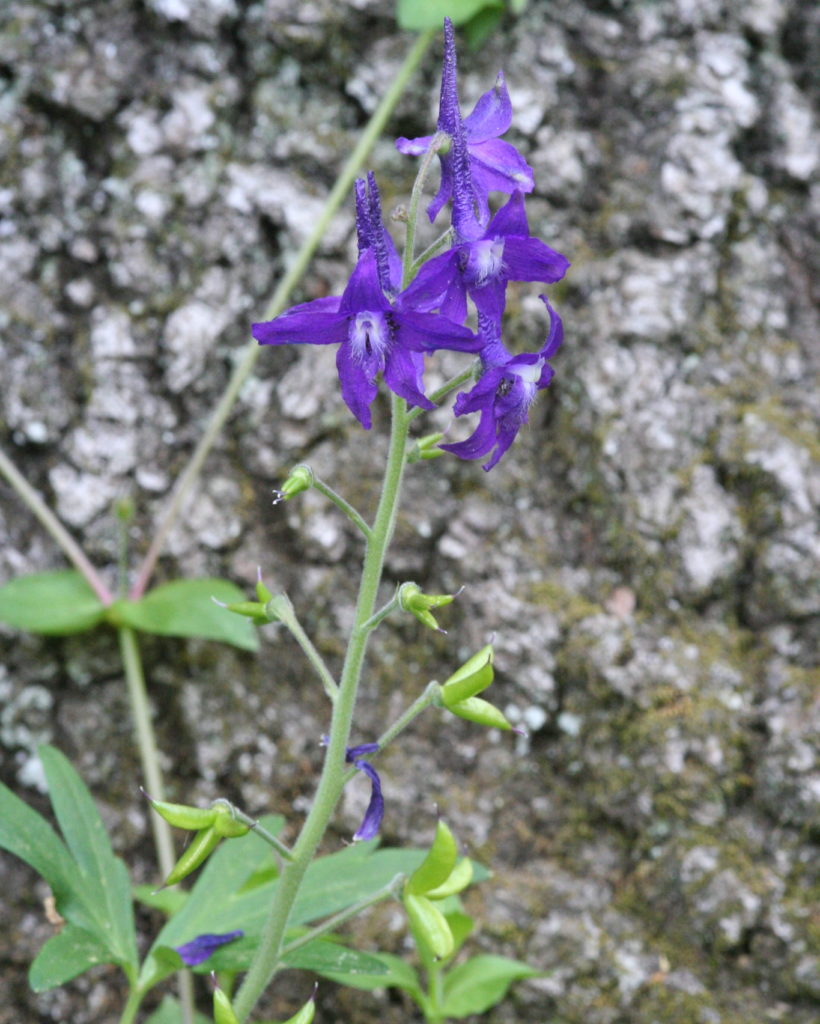
The bloodiest day of battle in U.S. history unfolded on these rolling lands on September 17, 1862, resulting in a draw. But it allowed Lincoln to issue the preliminary Emancipation Proclamation, driving a wedge between European nations and Lincoln’s attempt to control the rebellion.
Where to find wildflowers: Located in a limestone valley, Antietam has the perfect habitat for April blooms including trillium, Dutchman’s breeches, blue cohosh, and wild ginger. Dwarf larkspur and round-leaved ragwort explode in May. Stroll on the 1.8-mile Snavely Ford Trail along Antietam Creek near Burnside Bridge to enjoy displays of mayapple, jack-in-the-pulpit, Virginia waterleaf, and wild blue phlox—the flowery show continues on through summer to October.
Upcoming BGES Tours: A Weekend with Historian Dennis Frye, John Brown, and Stonewall Jackson, July 31–August 1, 2021.
More information: Antietam National Battlefield
Gettysburg National Military Park
Pennsylvania
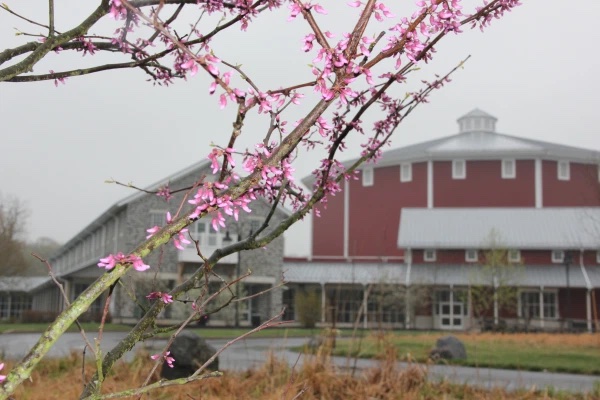
After Gen. Robert E. Lee triumphed at Chancellorsville in June 1863, he marched his Army of Northern Virginia north into Pennsylvania, where they met up with Union Maj. Gen. George Meade’s Army of the Potomac. Over three days in early July 1863, the two armies clashed on Pennsylvania’s farmlands, resulting in a huge number of casualties—and what many describe as the war’s turning point.
Where to find wildflowers: With its variety of habitats spanning forests to wetlands, Gettysburg boasts 553 species of vascular plants, 410 of which are native. Bluebells and violets are among the flowers that carpet stream banks and woodlands.
Upcoming BGES Tours: Civil War 101: Gettysburg, June 11–13, 2021.
More information: Gettysburg National Military Park
Chickamauga and Chattanooga National Military Park
Georgia/Tennessee
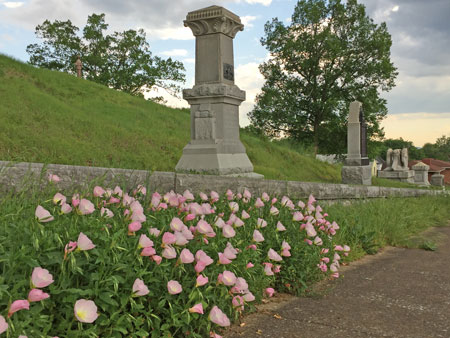
Two major battles unfolded in what’s now known as the Chickamauga and Chattanooga National Military Park. Four different units tell the story, along with a few isolated reservations around Chattanooga. The opening shots of the battles for Chattanooga transpired on Orchard Knob in November 1863. From here, Gen. Ulysses S. Grant watched his Union soldiers take Missionary Ridge.
Where to find wildflowers: Preserved as part of Chickamauga and Chattanooga National Military Park, two-block-size Orchard Knob provides refuge to more than 200 species of plants in the heart of city life. Among them is Clematis fremontii, also known as Fremont’s leather flower, an extremely rare plant found in only two places in Tennessee and three east of the Mississippi. Here, too, you’ll find bluets, gray-headed coneflowers, native cactus, false indigo, wild indigo, and butterfly weed. The wildflowers start blooming in late March, with the show continuing through the year.
More information: Chickamauga and Chattanooga National Military Park
Petersburg National Battlefield
Virginia
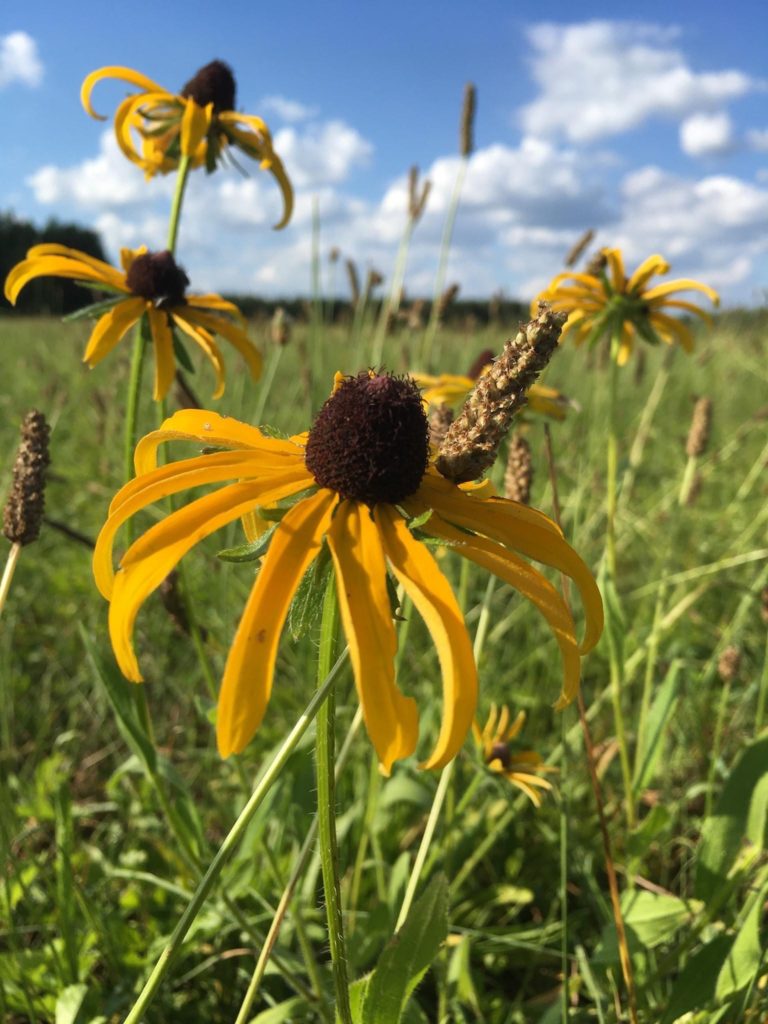
A ten-month siege at Petersburg from June 1864 to April 1865 resulted in the fall of Richmond—and the pathway to Robert E. Lee’s surrender at Appomattox.
Where to find wildflowers: Wildflowers flourish around the battlefield, which is separated into several different units in and around Petersburg. The Crater (Tour Stop 8) has naturalized daffodils; you’ll also spot them in surprising locations throughout the park. The new trail around Colquitt’s salient (Tour Stop 5) has many wildflowers. And on the trails in the Five Forks Battlefield Unit, keep an eye out for pink lady’s slipper, a native wildflower belonging to the orchard family.
More information: Petersburg National Battlefield
Shiloh National Military Park
Tennessee/Mississippi

On April 6 and 7, 1862, nearly 110,000 troops confronted one another on the banks of the Tennessee River near the Mississippi and Tennessee border in one of the war’s grimmest—and pivotal—battles. More soldiers were killed here than in all American wars to date combined. The Union Army was saved by the arrival of reinforcements and the death of Confederate Gen. A. S. Johnston. By blaming others, Grant avoided being fired. The battle took place in spring, and even in the throes of battle soldiers noticed the beauty. One Union soldier commented on how the woods were filled with “Johnny-jump-up”—a type of wild pansy that carpets the ground. And an Illinois volunteer wrote on April 5, 1862: “The timber is getting green as midsummer; the leaves are almost as thick as they will ever be, and wild flowers have gotten to be an old story.”
Where to find wildflowers: Simply drive along the park road and stop at way points along the way. Commonly found wildflowers include blue phlox, potato dandelion, fire pink, spring beauty, cardinal flower, and black-eyed Susan.
Upcoming BGES Tours: Shiloh, Bloody April, May 12–15, 2021.
More information: Shiloh National Military Park
Vicksburg National Military Park
Mississippi
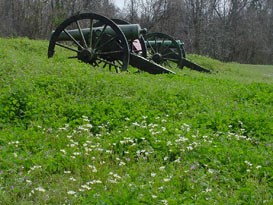
Gen. Ulysses Grant besieged Vicksburg, the last Confederate stronghold on the Mississippi, for 40 days, between May 18, 1863, and July 4, 1863, resulting in a decisive Union victory. Combined with Gen. Robert E. Lee’s defeat at Gettysburg the previous day, many say the two Union victories heralded the turning point of the war.
Where to find wildflowers: The park has more than 200 species of wildflowers. The best way to see them is to drive the park road, stopping at various pullouts to walk around the grassy locations (the trails, unfortunately, are in poor condition). Verbena, dayflowers, daisies, and maypops explode in restored areas of the battlefield. In the park’s woodlands, you’ll find cross-vine, Carolina moonseed, trumpet honeysuckle, virgin’s bower, and yellow jessamine. Among the park’s most prized flowers is the prairie nymph, a Mississippi species of special concern that blankets mowed roadsides.
Upcoming BGES Tours: Fortress Vicksburg, November 16–20, 2021.
More information: Vicksburg National Military Park
